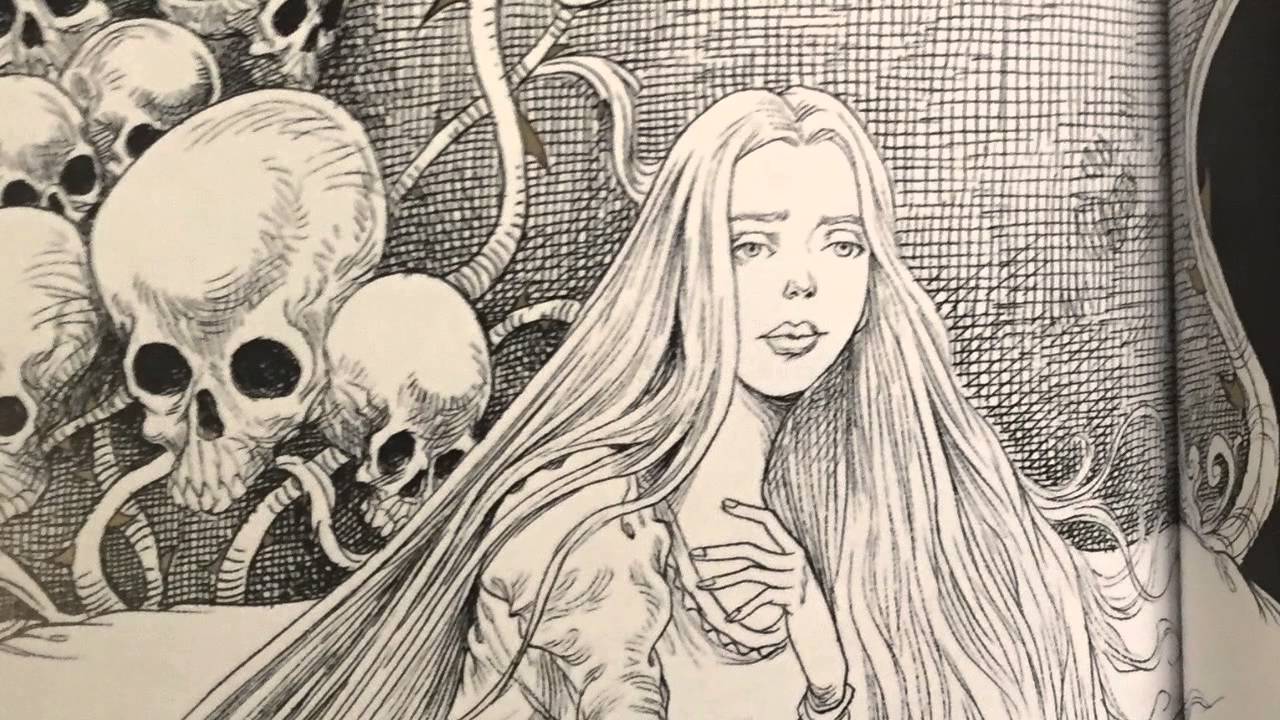I read Neil Gaiman’s paean to badass womanhood, The Sleeper and the Spindle, days after I became a mother of a daughter. Gorgeously illustrated by Chris Riddell, the Snow White/Sleeping Beauty redux is told in Gaiman’s trademark weave: pellucid, dark, beguiling in its simultaneous hints of the wondrous and macabre. A black-tressed, snow-skinned beauty is called away from her wedding preparations by news of a slumbering kingdom. Garbed with the appropriate adventuring gear (skintight armor clads her willowy frame in Riddell’s imaging), the bride joins her dwarf friends in discovering the secret of the sleepers. The wedding—and her scarce-mentioned bridegroom, who seems a nice enough guy, but perhaps too insipid for this Amazon—will have to wait.
Login to read more
Sign in or create a free account to access Subscriber-only content.
Topics:
